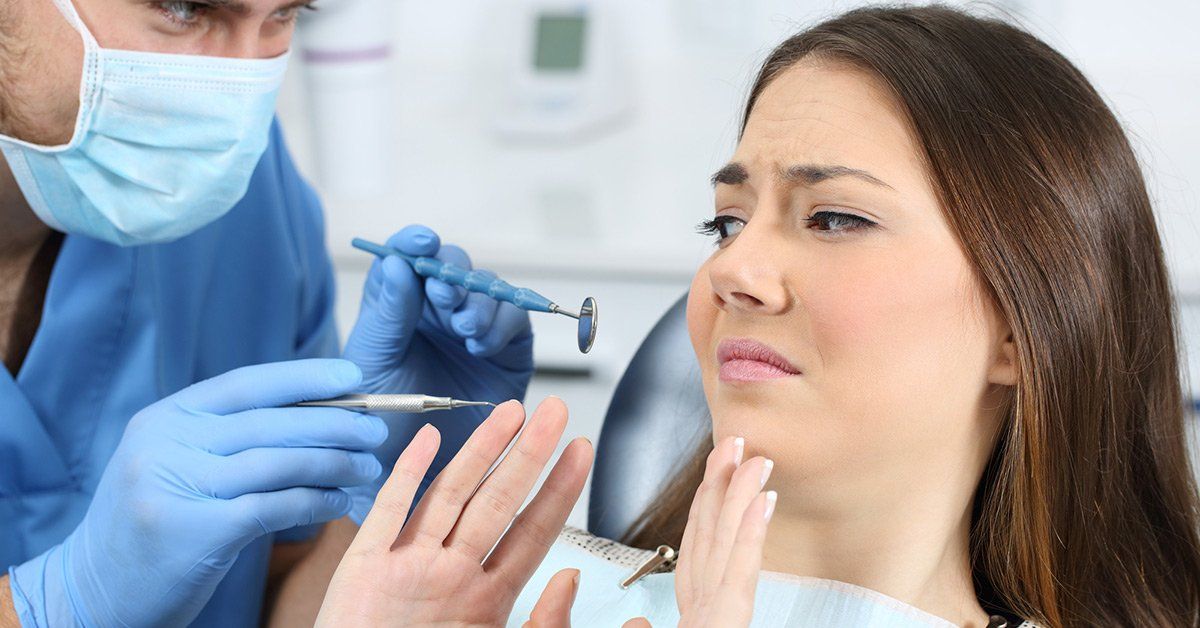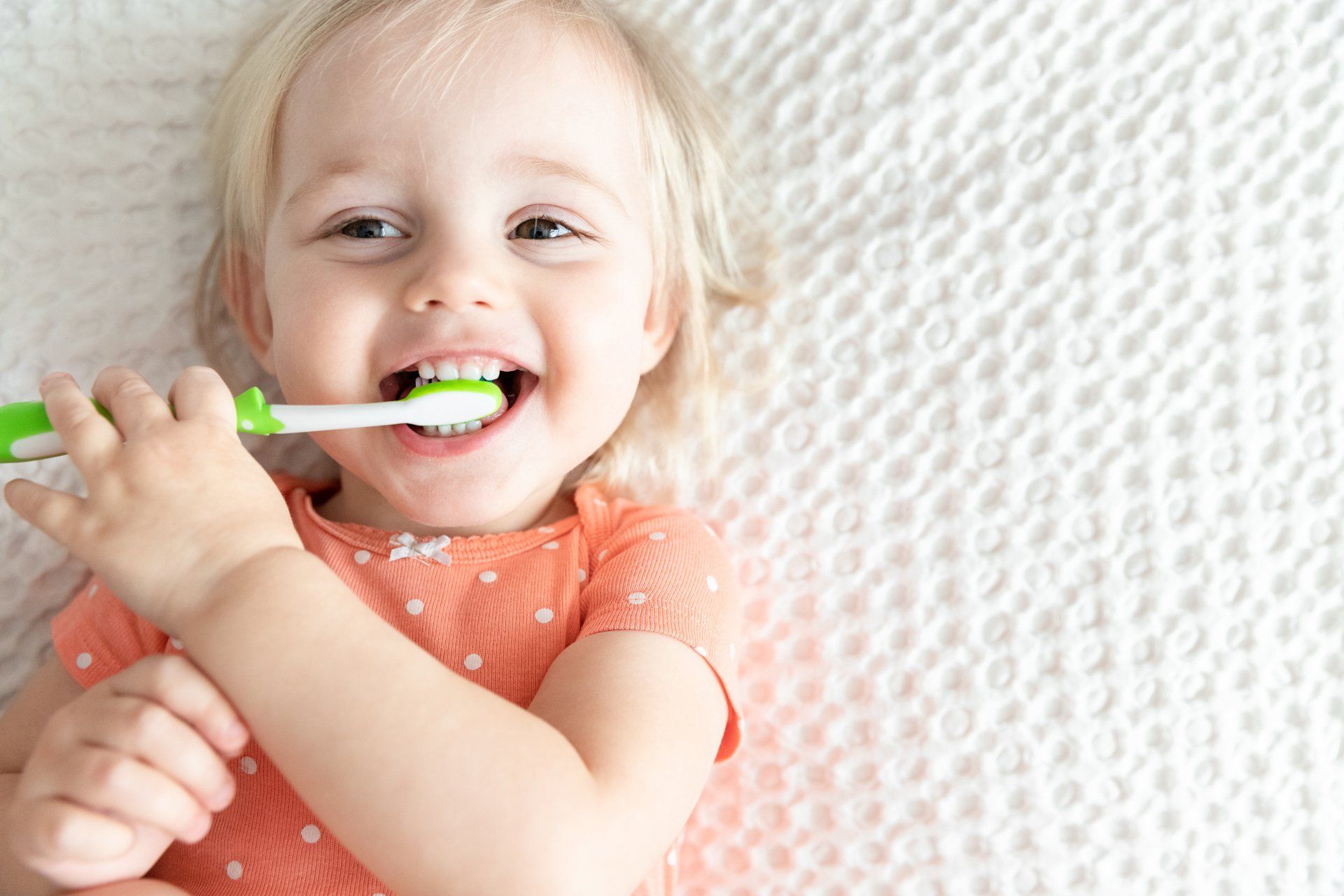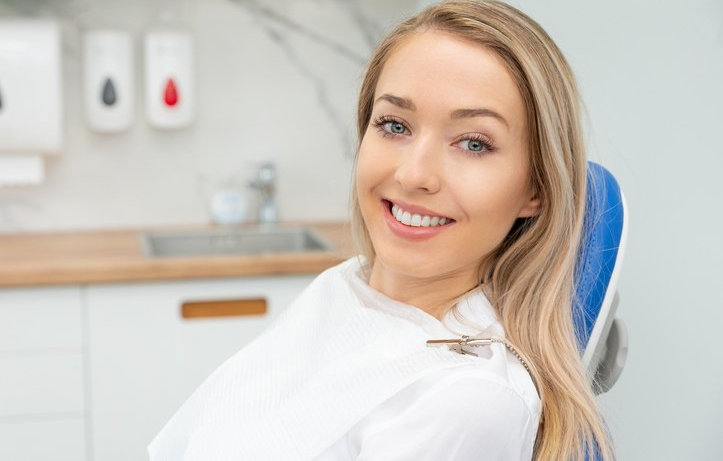Many people think their dental hygienist is just a professional tooth cleaner, but we are MUCH more than that! While that is an important role we play, there is a lot more that we do.
At your routine cleanings your hygienist removes all traces of both tartar and plaque, which are major causes of gum disease, dental decay, and tooth loss.
No one is perfect and there are a lot of nooks and crannies that you may be missing every time you brush and (hopefully) floss. At each routine hygiene appointment your hygienist will go over tips and techniques to reach the areas you may be missing to help you reduce the risk of tooth decay, gum disease, bone loss.
This can save you a great deal of money at the dentist by helping you keep your teeth healthy and prevent gum disease. You can thank us later!
The truth is, the average person visits their dentist and hygienist more often than they go in for a preventative medical check-up. We now know there is a direct connection between oral health and overall health.
Your dental visit and hygiene appointment is one you do not want to miss. It’s important for you to know that what gets discovered at your routine dental cleaning can also save your life.
Many people believe dental hygienists only look at the teeth and gums, but we are trained to look for indicators for many different health concerns. At each hygiene appointment we perform a head and neck examination, evaluate your gums and bone level and examine your mouth for any indications of oral cancer, diabetes or vitamin deficiencies.
Head and Neck Exam
Hygienists have been trained to spot suspicious lesions on the head and neck. The head and neck exam is done to look for any out of the ordinary, bumps, lumps or lesions. If we spot something we may refer you to have a biopsy to determine if it is abnormal. We will also evaluate the jaw joints to see if there is any abnormal movement or popping.
The Clinical Dental Exam
You may know when we are examining your gums (you know, the “poking” instrument), but we are also checking for loose teeth, inspecting the tissues inside of your mouth, checking your bite, looking for visual evidence of tooth decay and checking for broken teeth or damaged fillings. Everyone`s favorite gum exam allows us to determine if there has been changes in the gums or bone levels.
This exam allows the hygienist and the doctor to diagnose if the patient has gum disease or bone loss and the proper procedures can then be done to keep the disease from progressing further. Sometimes we are able to detect broken and decayed teeth prior to the patient feeling pain and needing a root canal.
Oral Cancer Screening
Oral cancer is a very common cancer that can develop anywhere on the lips, tongue and at the back of the wisdom teeth. It can also occur in the throat, the roof of the mouth and on the tonsils. How often are you inspecting your throat and tongue for oral cancer?
Probably not as often as your hygienist is! Hygienists are trained to inspect the oral cavity for suspicious lesions. If we suspect something we will refer you out to a specialist for a biopsy.
As long as oral cancer is detected in the early stages it has a resolution rate of over 90%.
Indications for Uncontrolled Health Conditions
There are some diseases that will manifest themselves in the oral cavity. Your hygienist can sometimes be the first person to notice these indicators. Diabetes is a disease that can show in the oral cavity. Signs of diabetes are chronic dry mouth, gum inflammation, poor healing of oral tissues, thrush, and burning mouth and/or tongue.
Diabetic patients are more likely to develop periodontal disease, which in turn can increase blood sugar and diabetic complications. Many people who are at risk for diabetes visit a dental office regularly, the dental hygiene or dental visit could be a useful opportunity to conduct an initial diabetes screening.
This is an important step in identifying those patients who need follow-up testing to diagnose the disease. Do you ever wonder why we ask you so many medical history questions? Hygienists can use all of this information to piece things together.
Your mouth is a window to your overall health.
Nutrition plays a critical role in your oral and overall health. The oral cavity may exhibit early signs and symptoms of systemic disease or nutritional deficiencies. If your body doesn’t get the proper nutrition, it can show up in various places in your mouth – your tongue, your gums, and the soft and hard tissues of the mouth.
Very often, when something flares up, or simply looks different within your mouth, it’s your body’s way of asking for some type of nutrient it is lacking. Your hygienist may be the first person to detect nutritional deficiencies and offer you healthy, safe ways to incorporate them back into your system.
Preventive care saves the patient from potential pain, complicated procedures and expensive services.
Have additional questions about seeing your hygienist? Don’t hesitate to Contact Us or leave a reply below and we will be happy to try and answer them for you!



